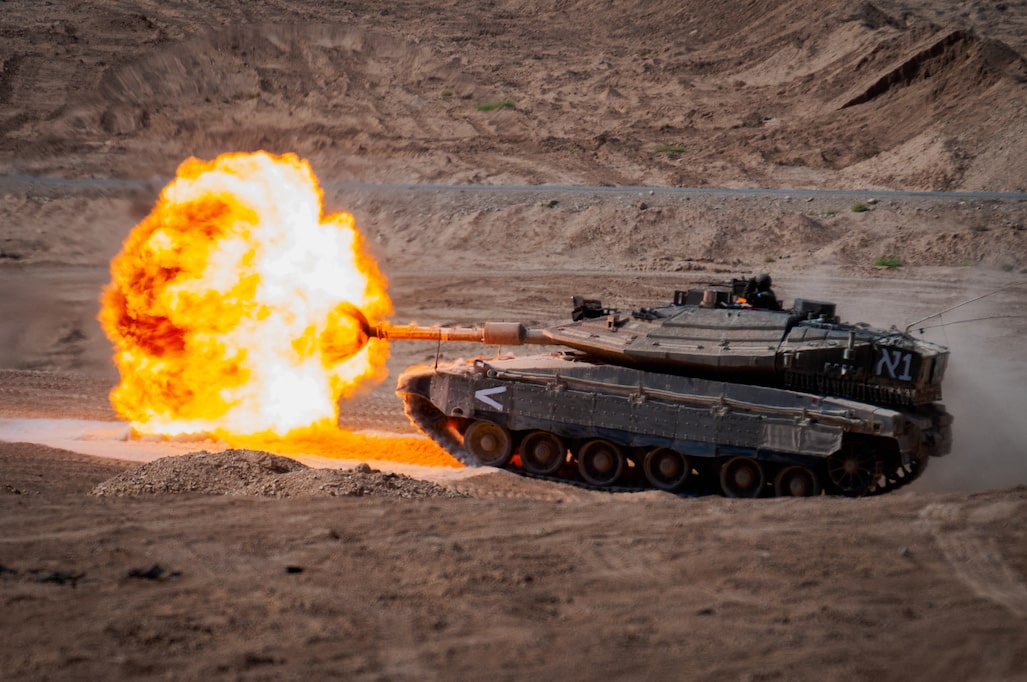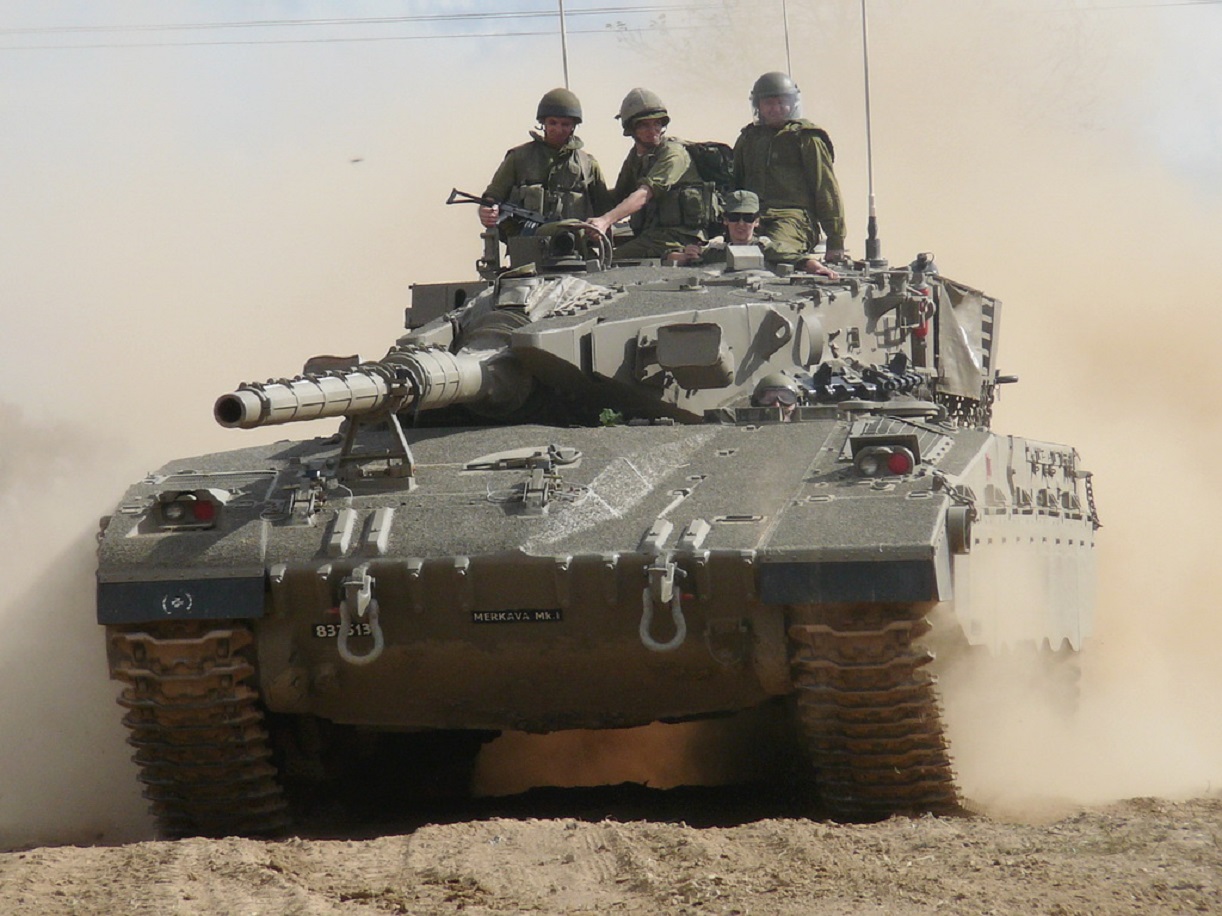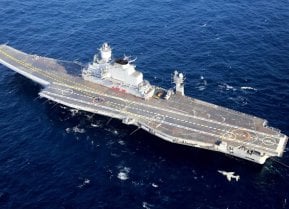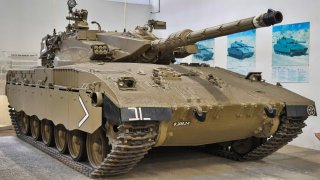Merkava: Israel's Powerful Tank No Army Can Match on the Battlefield
The Merkava proved to be a significant asset for the IDF during the 1982 Lebanon War. Since it out-performed Syria’s T-62 armored vehicles, the Merkava, Israel’s new MBT was there to stay. Over the years, several improved Merkava variants have surfaced featuring new advancements.
Since its founding more than seven decades ago, Israel has fought in numerous wars and engagements that have required the country to prioritize its defense arsenal.
Surrounded by hostile adversaries, Israel began to design and manufacture its own weaponry and military equipment by the 1960’s and 1970’s.
While many of the Israel Defense Force’s (IDF) homegrown armor help the country to survive and deter its neighbors from attacking, one system stands out. Israel’s Merkava main battle tank (MBT) has aided the IDF’s armored corps since its introduction to service in 1979.
Introducing the Merkava family of MBTS
During the 1960s, Israel expected to produce a jointly-made Chieftain tank variant with the United Kingdom. However, the UK later backtracked on this deal and supplied the tank to Arab countries instead. Following the brutal tank and crew losses Israel endured during the 1973 Yom Kippur War, the IDF understood that procuring an advanced armored vehicle would be essential for the country’s long-term survival. The Merkava’s design was introduced in the 1970s by General Israel Tal, the military official who led the Eighty Fourth Armored Brigade to victory in the Sinai during the Six-Day War.
Due to the heavy losses Israel’s armored corps suffered from in earlier conflicts, the General prioritized the protection of crew in his tank’s design. Tal accomplished this design by incorporating thick-spaced armor and sharp angles in the tank to increase the width of the armor when engaged by an anti-tank round. The MBT also featured a fortified front armor with a front-facing engine. Around this time, most tanks sported a rear-positioned engine, highlighting the Merkava’s unique internal structure.
Trophy Active Protection System is a game changer
The Merkava proved to be a significant asset for the IDF during the 1982 Lebanon War. Since it out-performed Syria’s T-62 armored vehicles, the Merkava, Israel’s new MBT was there to stay. Over the years, several improved Merkava variants have surfaced featuring new advancements.
The inclusion of the Trophy Active Protection System into the Merkava 4 and the newest Merkava 5 design has taken the MBT’s sophistication to a whole other level. The Trophy active protection system protects armored vehicles from a range of projectiles, including anti-tank guided missiles, anti-tank rockets and high-explosive anti-tank rounds. The homegrown system improves the tank’s ability to target enemy MBTS and therefore increases the crew’s survivability.
The newest Mark 5 Barak variant is truly a powerhouse on the battlefield. In addition to being equipped with the Trophy system, the tank sports enhanced artificial intelligence, updated sensors and VR capabilities.
According to the Jewish News Syndicate,“The tank will also inclde new, advanced sensors enabling it to independently acquire targets and strike them rapidly, as well as deploy electronic-warfare capabilities and advanced processing systems.”

The Merkava has a solid track record in combat
In 2014, the Merkava 4 variants performed well during a seven week-long Gaza war with Hamas.
The Trophy System’s success on the battlefield was an instrumental asset for Israel’s armored corps. Considering the Merkava 5 variant’s enhancements, the IDF will be well prepared for any future conflict.

About the Author
Maya Carlin is an analyst with the Center for Security Policy and a former Anna Sobol Levy Fellow at IDC Herzliya in Israel. She has by-lines in many publications, including The National Interest, Jerusalem Post, and Times of Israel.


